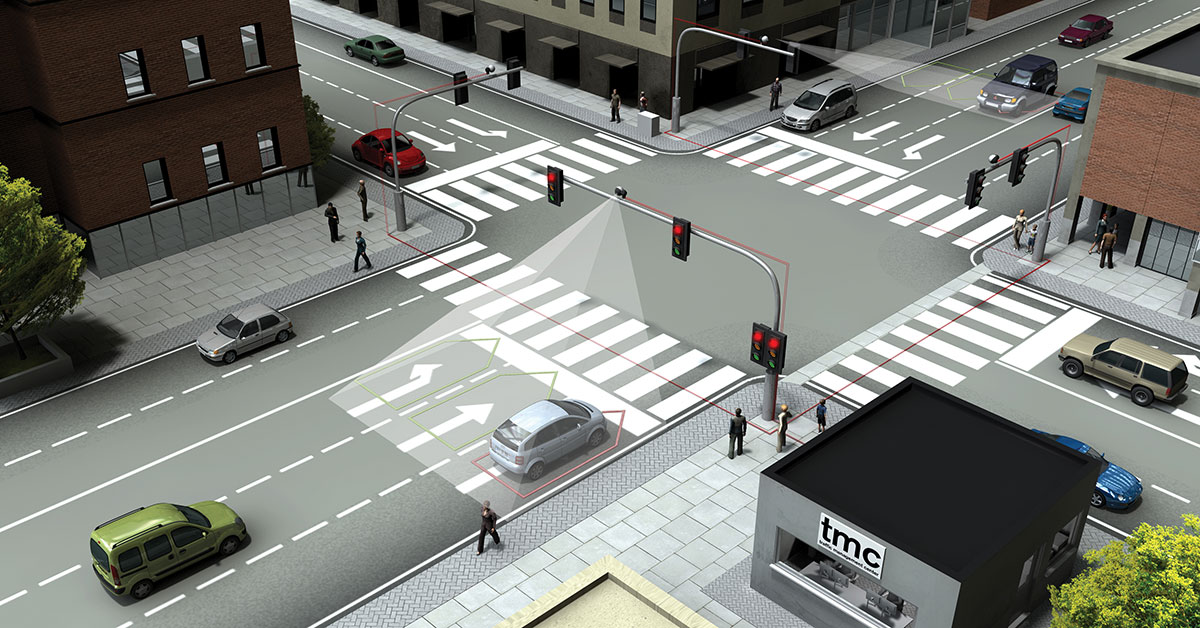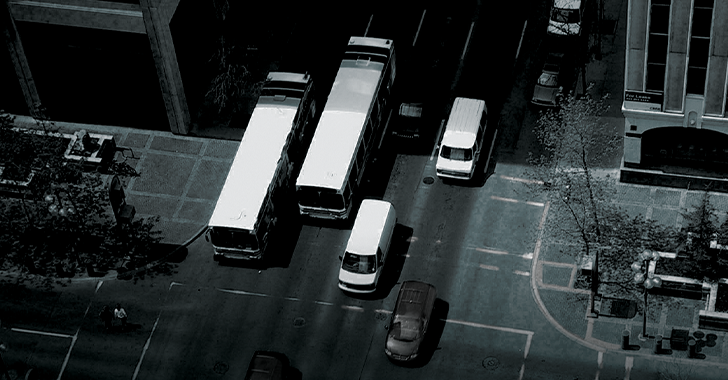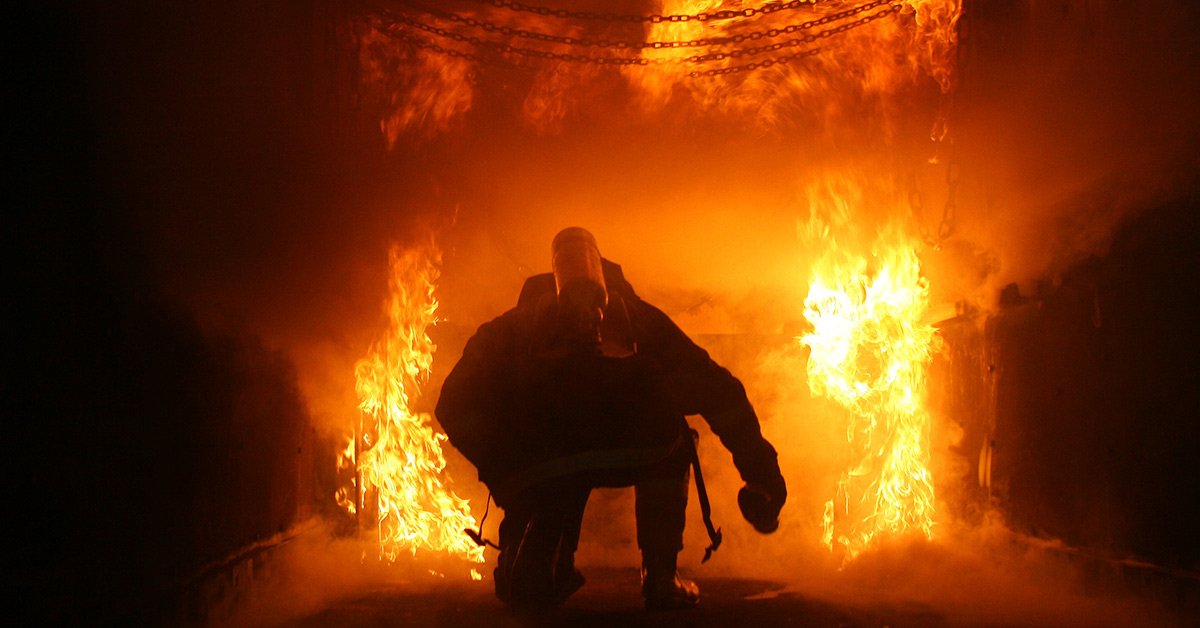Increasing Safety and Efficiency at Intersections with FLIR ITS Solutions

Approximately 1.24 million people globally die each year as a result of traffic accidents. Troublingly, almost half of these deaths involve our most vulnerable road users: motorcyclists, bicyclists, and pedestrians. Making our roads safer for pedestrians and decreasing urban congestion are important objectives for city planners, and FLIR thermal imaging sensors enable cities to implement immediate changes at intersections and collect data to support long-term infrastructure planning.
Prioritizing Pedestrian and Cyclist Crossings
Walking, cycling, and public transit all reduce traffic congestion and urban air pollution within cities. By prioritizing pedestrian crossings, cities can encourage people to use these healthy methods of transportation. Prioritizing crosswalks means taking steps to increase safety and decrease wait time—however, current push-button systems have some drawbacks when it comes to those goals.
For one thing, bicyclists needing to cross the road usually won’t use push buttons, as the height was designed for pedestrians and is impractical for someone on a bike. Pedestrians themselves often won’t wait for the walk sign if they see a break in traffic, leading to the misuse of crosswalks and longer idling time for cars, which also increases air pollution.

The FLIR TrafiOne uses thermal imaging and Wi-Fi technology to adapt traffic signals based on the presence detection of vehicles, bicycles, and pedestrians.
Thermal detection of pedestrians and cyclists allows for automatic traffic control without the need for physical push buttons. FLIR thermal cameras can detect people and cyclists 24/7 in all weather and lighting conditions, ideal for adapting traffic light controls to prioritize pedestrian crossing during busy times and cancelling crosswalk signals if the pedestrian has already crossed.
Increasing Pedestrian Safety with Data
Increasing pedestrian visibility with dynamic warning signs (like flashing beacons) helps alert drivers that someone is crossing, especially drivers who may be distracted or have an obstructed view of the crosswalk. For city planners to know which crosswalks need extra visibility, FLIR cameras can collect data about vehicle and pedestrian behavior at intersections and monitor the flow of people over time.

The FLIR ThermiCam2 V2X collects data on vehicles, pedestrians, and bicyclists and communicates this information to V2X-enabled vehicles or infrastructure.
Real-time Detection and Data Collection to Increase Traffic Efficiency
Traffic data collection can not only increase pedestrian safety, but make intersections more efficient overall. A common data collection method is below ground inductive loops that detect when a vehicle passes over—however, this method has several limitations, as loops are difficult to install and need to be replaced as often as every 3-5 years.
Above ground detection with thermal cameras is an adaptable alternative to inductive loop detection. FLIR cameras are easy to install on existing infrastructure to capture a full view of an entire intersection. These capabilities enable cities to optimize traffic light control in real time as well as collect data for traffic analytics and planning.
Future-proof V2X
V2X stands for vehicle-to-everything communication, and provides new opportunities to further increase safety at intersections. FLIR solutions are developed with V2I—vehicle-to-infrastructure—in mind, making software and hardware compatible with these solutions as they’re adopted in the future.

The FLIR TrafiSense detects vehicles and bicycles at and near the intersection, allowing more dynamic control of traffic lights.
While many V2X crash avoidance solutions require the tech to be built into all or most vehicles on the road, cities can still take advantage of the technology in other important ways. Public transit and emergency vehicles can be installed with an onboard system that communicates with traffic light controls, allowing public transit to be prioritized if a bus is running late, or clearing the way for an ambulance.
Cities of the future will need future solutions—sensors that communicate with each other, analyze data to improve traffic flow, and provide 24/7 coverage to decrease accidents on the road. Thermal sensors work day and night in all weather conditions, can identify pedestrians, bicyclists, and vehicles at a long range, and are easy to set up and install. Learn more about FLIR traffic solutions.


